Service hotline
+86 0755-83975897
Release date:2025-05-20Author source:KinghelmViews:6
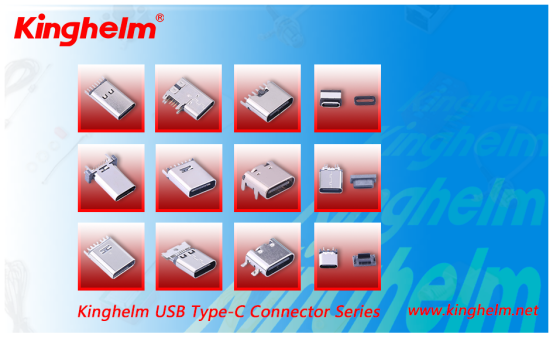
With the rapid development of IoT and artificial intelligence technologies, smart homes have evolved from conceptual ideas to widespread reality. From smart locks and intelligent lighting to whole-home automation systems, the seamless collaboration of devices relies on a critical "behind-the-scenes hero"—connectors. These seemingly small components handle core functions such as data transmission, power supply, and signal interaction, forming the foundation of smart home interoperability. This article explores the practical applications and significance of connectors in typical smart home scenarios.
I. Connector Applications in Smart Locks
Smart locks, serving as the first line of home security, integrate fingerprint recognition, password entry, facial recognition, and mobile app controls. Connectors ensure these features operate reliably.
(1) Power Connectors
Smart locks are typically powered by lithium batteries or external sources. Power connectors, such as compact board-to-board connectors, link batteries or external power supplies to the lock’s control circuitry. Waterproof connectors protect outdoor interfaces from rain and humidity, ensuring uninterrupted operation in harsh conditions.
(2) Data Transmission Connectors
Biometric modules (e.g., fingerprint sensors, cameras) communicate with the main control chip via FPC (Flexible Printed Circuit) connectors, known for their thin, bendable design. These enable rapid data transfer—such as unlocking within 0.5 seconds. Antenna connectors facilitate wireless communication between locks, home gateways, and smartphones, ensuring stable transmission of unlock commands and alerts.
II. Connectors in Smart Lighting Systems
Smart lighting systems adjust brightness and color based on environmental conditions and user preferences. Connectors act as critical links between components.
(1) LED and Driver Connectors
Dedicated connectors like spring-loaded connectors ensure stable current flow between LED bulbs and drivers, preventing flickering. Magnetic connectors simplify bulb replacement and maintenance.
(2) Smart Dimming Module Connectors
Dimming modules connect to LED fixtures, wall switches, and smart speakers via Ethernet connectors for fast, reliable command transmission. Wireless protocols like Zigbee and Bluetooth use specialized connectors for remote control via mobile apps.
III. Connectors in Smart Appliances
Smart appliances like refrigerators, air conditioners, and washing machines rely on connectors for integrated functionality and remote control.
(1) Refrigerator Connectors
Wire-to-board connectors transmit temperature sensor data to control chips, enabling automatic cooling adjustments. Board-to-board connectors link internal circuit boards for display and recipe recommendations. Network connectors connect fridges to home networks, allowing users to monitor food inventory remotely.
(2) Air Conditioner Connectors
High-temperature and vibration-resistant connectors ensure stable operation of inverter modules in harsh environments. Infrared connectors relay signals from remote controls to indoor units for temperature adjustments.
IV. Connectors in Whole-Home Automation Systems
Centralized control of smart devices demands connectors with high compatibility and stability.
(1) Gateway Connectors
Smart home hubs use Ethernet connectors for router connectivity, RS485/CAN bus connectors for high-speed data transmission to lighting and security systems, and USB connectors for external storage of system logs.
(2) Sensor Connectors
Compact, low-power connectors link sensors (e.g., temperature, smoke, door/window) to control systems. Waterproof and dustproof connectors ensure reliability in challenging environments, such as kitchen smoke detectors or outdoor humidity sensors.
V. Key Performance Requirements for Smart Home Connectors
1. High Reliability: Must withstand vibration, corrosion, and temperature extremes to prevent malfunctions.
2. Miniaturization and Integration: Compact designs that combine power and data transmission.
3. Compatibility: Support for diverse brands and communication protocols.
4. Safety: Insulation and overload protection to prevent electrical hazards.
VI. Conclusion
From locks to appliances and entire home systems, connectors are the invisible bridges enabling smart living. As the smart home market grows, connectors must evolve toward greater miniaturization, intelligence, and reliability. Understanding their role empowers manufacturers and consumers alike to drive innovation, advancing the industry toward a more interconnected and convenient future.
About Kinghelm
Kinghelm is a leading provider of high-quality electronic components, including RoHS-compliant antennas, wires, plug-ins, switches, and connectors. With over 17 years of experience, the company serves industries including automotive, telecommunications, industrial automation, medical devices, and consumer electronics. Kinghelm is known for its durable, reliable components that meet international standards and are used in applications ranging from renewable energy to IoT devices.
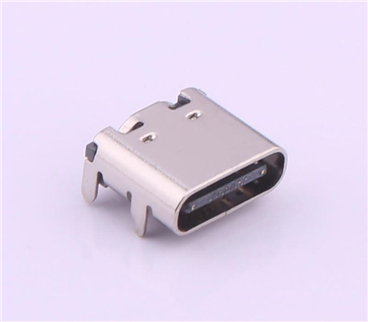
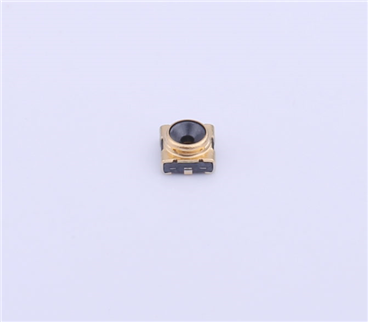
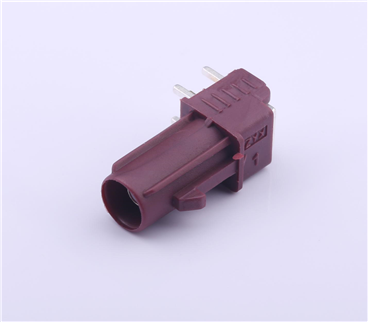
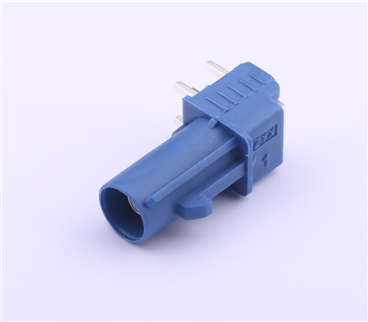
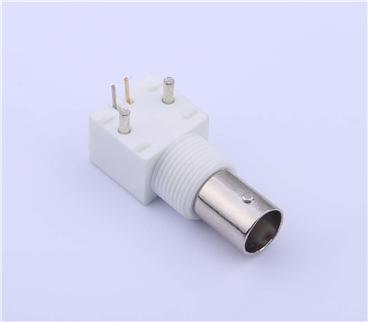
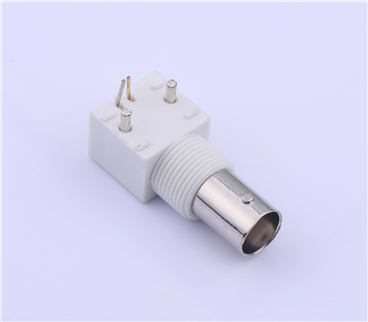
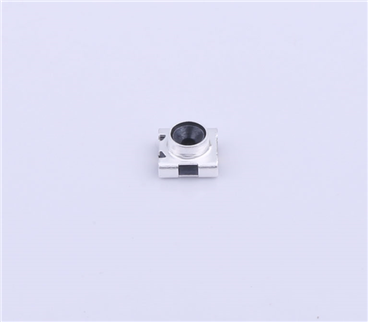

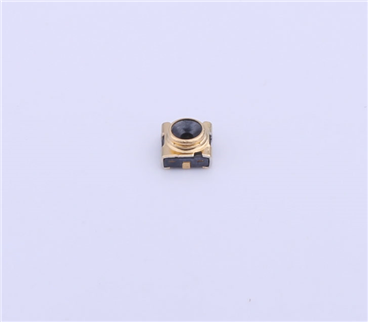
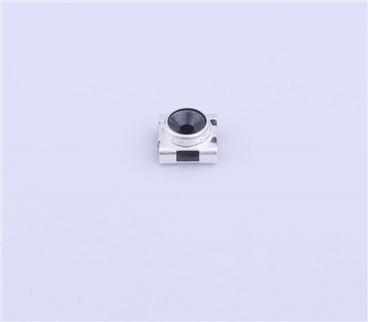
Copyright © Shenzhen Kinghelm Electronics Co., Ltd. all rights reservedYue ICP Bei No. 17113853